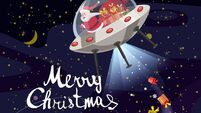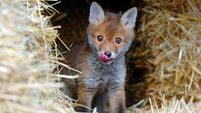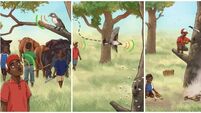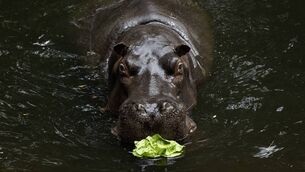Pine marten 'resurrection' after nearly being wiped out by guns, strychnine, and habitat destruction
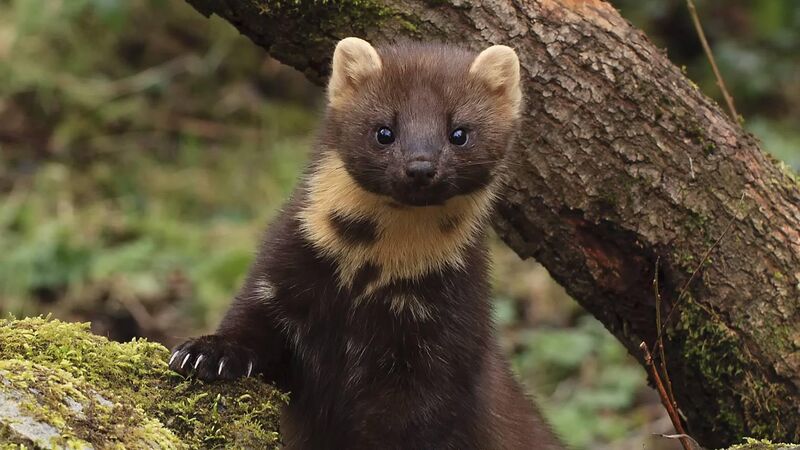
The pine marten (cat crainn) — was saved here ironically, by the planting of alien conifers, which gave martens a safe haven.
Picture: Ruth Hanniffy Photography
Nothing lasts. More than 99% of the animal species, which once existed, are extinct. Their decline has been accelerating ever since our ancestors came down from the trees. Creatures are disappearing now over a thousand times faster than they did back then. Ours is an age of extinction.
Dinosaurs and the dodo are famous among the faithful departed.
Nor have creatures living in Ireland avoided the grim reaper. The so-called ‘Irish elk’ — which Stephen Jay Gould pointed out was neither Irish nor an elk — once roamed much of northern Eurasia. This iconic animal, is gone not only from Ireland but from everywhere else.
Another casualty is the great auk, one of 14 species, whose stories are told in a new book — Conor O’Brien’s . This large flightless bird, which roamed the North Atlantic almost until our own day, was the original ‘penguin’, although it was not related to the birds we call ‘penguins’ today. According to O'Brien, the term may derive from the Welsh ‘pen gwyn’ meaning ‘white head’... the great auk had orca-style white circular patches on its head.
The killing of this seabird was an ecological tragedy, the reality of which O'Brien evokes. His is no mere RIP.ie obituary notice, but an account of Ireland’s last encounter with the auk. He takes the reader to the Waterford coast, ‘too tranquil a setting for a tragedy’ where, in May 1834, a great auk was spotted near Brownstown Head. A local fisherman, named Kirby, managed to net the half-starved young female. She survived in captivity for four months but never became fit enough to return to the sea.
The celebrated ornithologist Robert Burkitt presented her carcase to Trinity College’s natural history museum, for which he was awarded an annual ‘Great Auk Pension’ worth about €6,500 today.
"In a country on the cusp of catastrophe," O’Brien comments, "you have to wonder how many mouths could have been fed, or evictions stayed, by that kind of money".
His book treats also of creatures still around but down in their luck. "Once sturgeons were so common in Europe that their eggs were fed to pigs," he notes. Wild sturgeons "became rarer and rarer until the last (Irish) one was caught off Dublin’s Kish Bank lighthouse in 1987". The long-lived ‘royal fish’ was often older than the men who killed it; like the giant tortoise, it never stopped growing. A specimen, caught in the Volga in 1827 was 7.2metres long. Was the original Lough Ness monster a sturgeon, O'Brien asks?

But his book doesn’t bask entirely in doom and gloom. It also celebrates back-from-the-brink encounters and resurrections following animal near-death experiences. The pine marten is a 'prodigal son' which almost went to the wall.
A plurality of martens is called a ‘richness’ — an odd term for this most solitary of mammals. The name may refer to the money to be made from selling its luxurious pelt. A victim of guns, strychnine, and habitat destruction, it was saved, ironically, by the planting of alien conifers, which gave martens a safe haven.
This stimulating book is well-researched and readable.
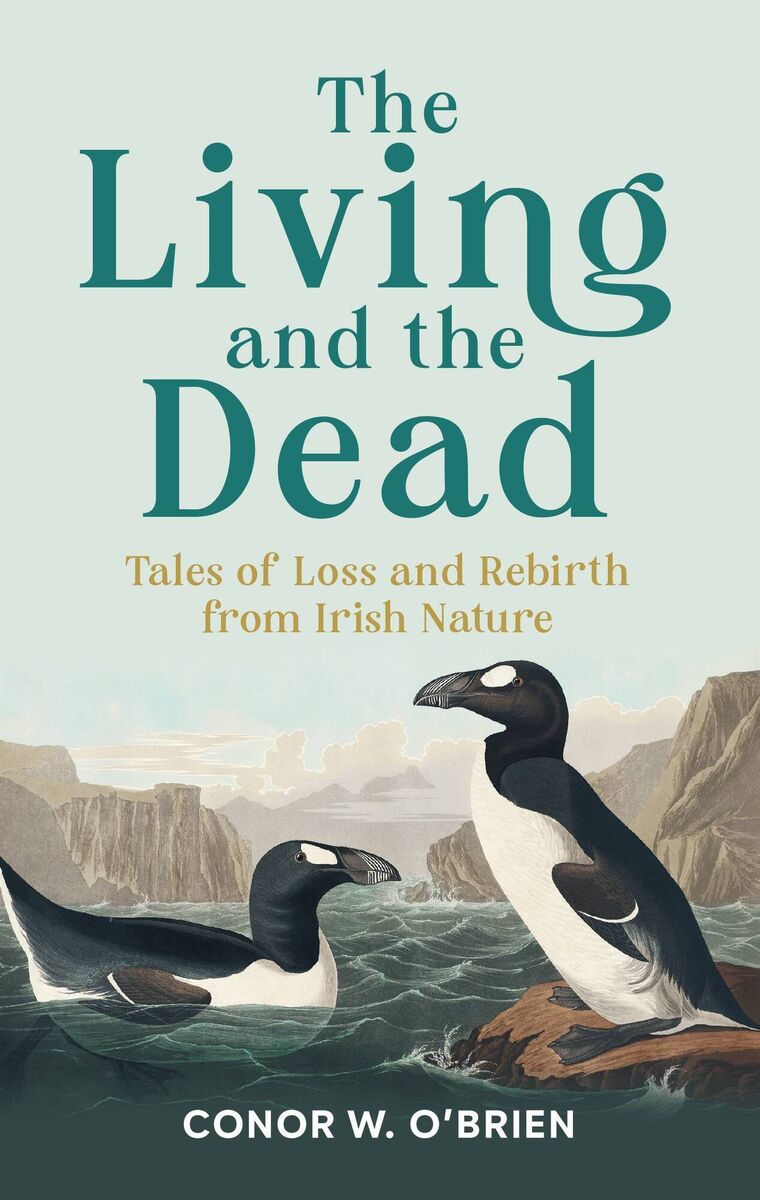
- Conor W O’Brien.. Merrion Press. 2025



